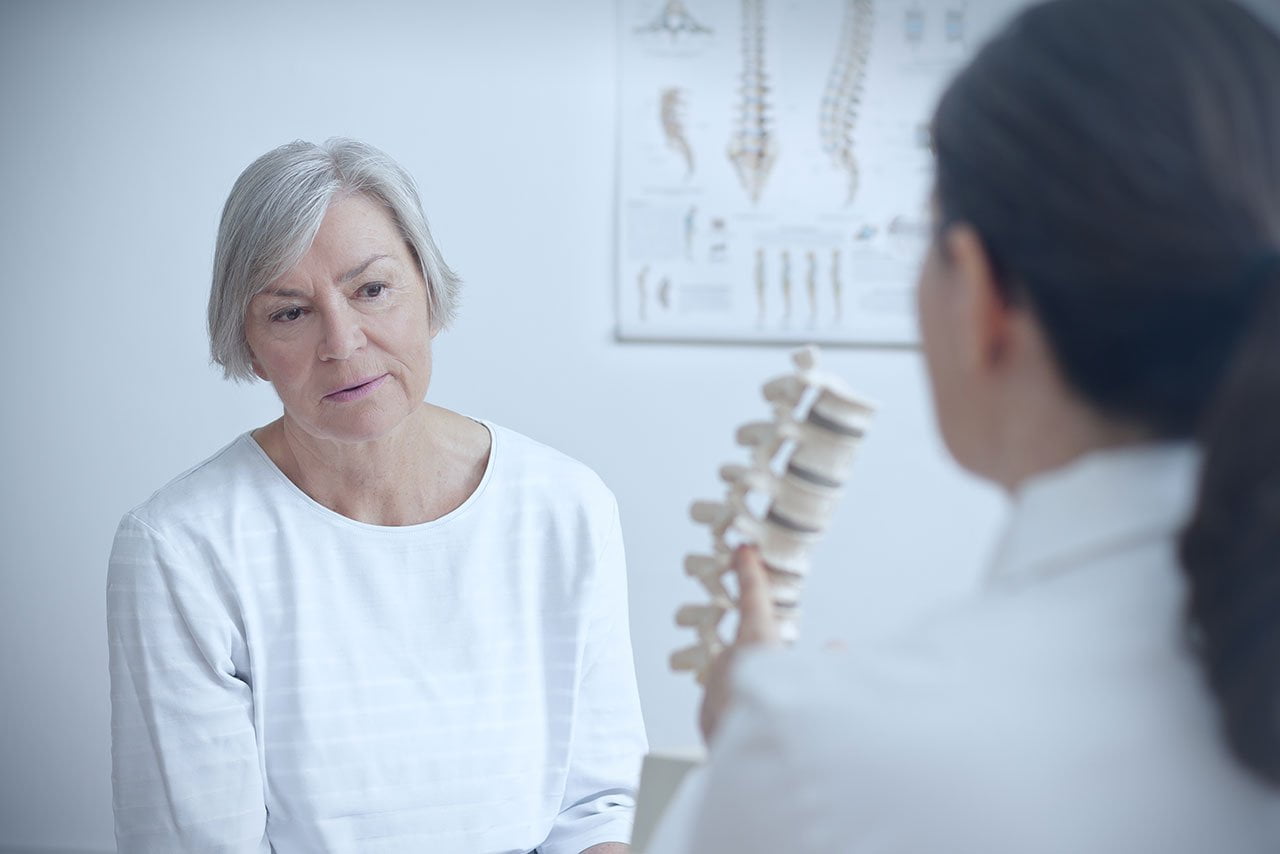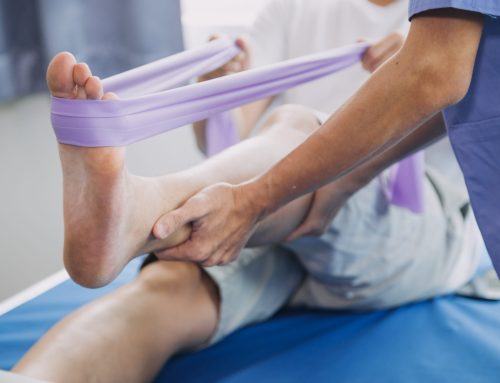You may only have 206 bones in your body right now, but you were born with 300. There’s a lot that happens with your bones during the aging process. When you’re an infant, they need time to take shape and fuse together, especially in the skull. As you mature into your teens and mid-20s, your bones quickly regenerate new bone faster than it breaks down the old one. This is how you can achieve peak bone density before you reach 30, the prime time for bone building.
But what happens from there? Read on to learn about how the aging process affects your bones and why paying attention to it is crucial.

Aging Process and Your Bones
Your bones comprise around 12-15% of your total body weight. That’s 18-22.5 lbs if you’re about 150 lbs. They’re the structural integrity of our body and protect our organs, anchor our muscles, and give us the ability to run, jump, and move freely.
When we’re young, our bone cell reproduction outpaces bone loss, allowing us to build density. If you spend a lot of time in the sun, exercise regularly, and get a decent amount of calcium and vitamin D, you’ve likely been able to reach peak bone density before you hit the age of decline or stabilization.
There’s nothing that you did wrong to bring this on. It’s simply part of the aging process. However, if you don’t have a healthy diet of enough supporting minerals, proteins, vitamins and keep up your exercise routine, you could find yourself on the path to osteoporosis. This is a disease that affects over 2 million Canadians. It’s also the culprit of over 80% of fractures in people over 50.
So how do you know if your bones have been negatively affected by aging and less than ideal lifestyle habits? Look for the signs of osteoporosis.
Osteoporosis Symptoms
Osteoporosis doesn’t present itself like the common flu. You won’t wake up with a pounding headache, phlegmy cough, and feel like you’ve been hit by a ton of bricks. Since this decline happens slowly over the aging process, there are no osteoporosis symptoms that sound any alarm bells.
However, there are some indicators you could be at a higher risk of osteoporosis. If that’s the case, you should get a bone density test to find out if you need to make some changes to lessen your risk of a fracture.
- Osteoporosis runs in your family.
- You have low body weight or aren’t eating enough calories (2,000 for women, 2,500 for men).
- You aren’t consuming enough calcium, protein, and vitamin D.
- You’ve experienced menopause.
- You’re a smoker.
- You consume more than 4 cups of coffee or 2 alcoholic beverages per day.
These factors play a part in your bones’ aging process. But there are some things you can do to minimize bone loss as you age.
How to Minimize Bone Loss As You Age
Since there are no osteoporosis symptoms that give you a clear indicator you’re on a fast decline, the only way you can minimize bone loss is by making active choices to support your bones. Here is how you can reduce bone loss as you age.
Be intentional with your diet.
You don’t have to have a strict diet that takes away all of your favorite foods and beverages. However, you need to pay attention to the amount of calcium you get, vitamin D, protein intake, and that you’re getting enough calories.
Without vitamin D, which comes from the sun, certain foods, and fortified milk and juices, your bones won’t absorb the nutrients from the calcium it receives. You should aim to consume:
- 1,000 mg of calcium
- 100 grams of protein
- 600-800 IU (international units) of vitamin D.
Be consistent with weight-bearing exercises.
Your bones become stronger when they’re active. This triggers cell reproduction when they fight against gravity in activities like tennis, walking, jogging, dancing, or climbing the stairs.
The ultimate routine to strengthen your bones during the aging process would include 2 strength days, 2 balanced-focused days, and frequent walks. By improving your balance and coordination, you’ll be less likely to suffer from a fracture due to a fall. Some exercises that help with this are yoga, tai chi, or water aerobics.
Be mindful of your lifestyle.
Smoking and drinking are the usual suspects behind a health decline. This is the same case for your bones. Your bones require adequate blood circulation, which is cut off when nicotine enters the body. Not only this, but alcohol causes calcium to be leached from your bones, just like when you consume too much protein. If you want to give your bones their best chance during the aging process against osteoporosis, it would be wise to quit smoking and limit your alcohol intake.
As you age, you’re more likely to suffer from a fracture. Your risk level doubles every 5 years after you turn 65. It can be frustrating when it impacts your day-to-day living and your independence. If you’ve suffered from a fracture, healing it properly is the key to returning to pre-injury living.
Your doctor will recommend that you rest your injury and support your body with the nutrients it needs for faster healing. You can also turn to LIPUS – a non-invasive ultrasound technology that activates cell reproduction, protein expression, and enhances cellular behavior at the fracture site. This technology makes fractures heal 38% faster than those treated with traditional casts and immobilization.
Our experts can help you determine if this is the right fit for your fracture. Contact us to find out more and experience the relief of faster healing.
Did you know that you have to take care of your bones, just like the rest of your body? What’s your favorite source of calcium? We’d love to hear about your bone-building tips – leave a comment to inspire our readers.






Leave A Comment